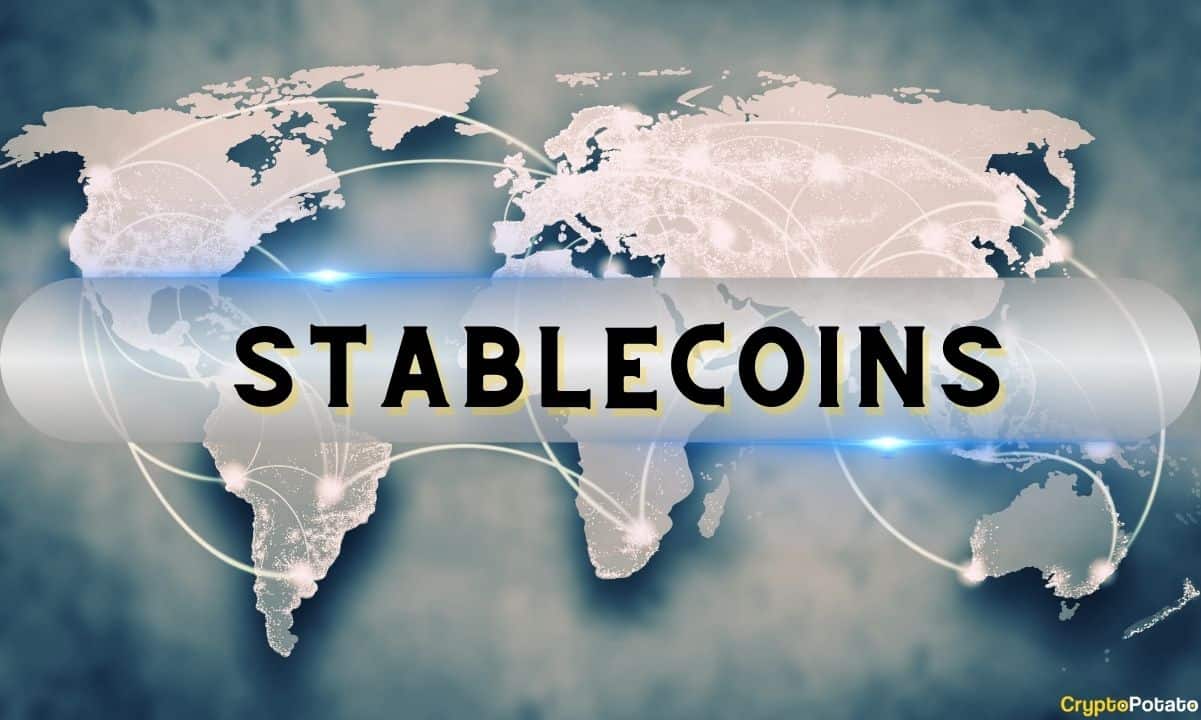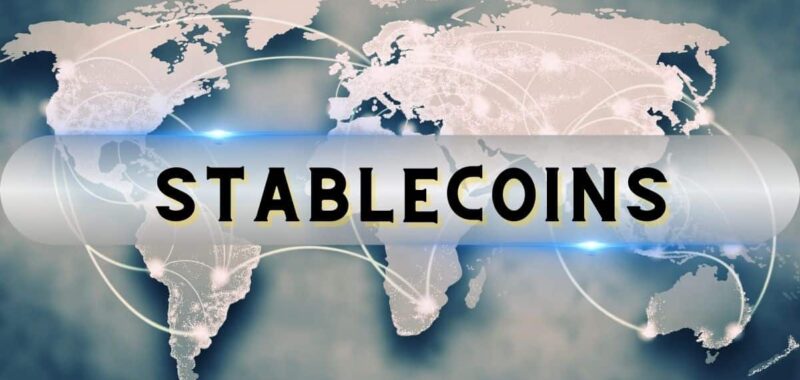
The global stablecoin supply has hit new highs, with Tether (USDT) and USD Coin (USDC) dominating the sector.
According to a Bloomberg report citing data from DefiLlama, the market capitalization of stablecoins has increased by 46% this year, reaching a record of about $191.6 billion at the time of writing.
Stablecoin Market Value Up 50% Since January
According to recent statistics from DefiLlama, the overall value of stablecoins has gradually accelerated upwards over the last 12 months, showcased by a more than 50% increase from the beginning of 2024 to date.
Tether, the world’s largest stablecoin issuer, has seen the circulation of its USDT token reach approximately $133 billion, accounting for about 69% of the global market for such assets.
The other big player in the market, USDC, saw its market value rise to $39.5 billion after ending the financial year 2023 with $24 billion in circulation. The Circle-issued stablecoin holds 21% of the global market share.
In 2022, after the fall of TerraUSD, which fueled a market crash, the total value of stablecoins reportedly plummeted by $19 billion. Almost two and a half years later, the sector soared to new heights, reaching nearly $170 billion in August.
President-elect Donald Trump’s bullish crypto stance has also helped rally the digital assets market, pushing several cryptocurrencies to new all-time highs, including a Bitcoin surge past $99,000. Additionally, data from Coingecko shows that the overall value of the crypto market has increased by $0.88 trillion since Trump won.
Expectations on Crypto Adoption Grow
Elsewhere, there’s growing optimism that stablecoins will soon be more relevant to global trade, specifically cross-border transactions.
At the forefront of this is Tether, which recently announced it had completed its first-ever crude oil transaction from the Middle East. In October, the company’s investment division reportedly sponsored a physical crude oil transaction between a publicly traded supermajor oil firm and a top commodity dealer.
The intent to use stablecoins has also been ignited in the United Kingdom, whose policymakers plan to build a crypto regulatory framework come 2025, as Economic Secretary Tulip Siddiq revealed.
Investors in the UK were hopeful of a regulatory environment change, as the previous Conservative government placed crypto use under the country’s payment laws. According to Tulip, the new Labour government will implement a plan laid out by its predecessor to regulate stablecoins.
Policymakers are also seeking to ease the stringent rules the Financial Conduct Authority (FCA) imposes on the registration of crypto companies.

